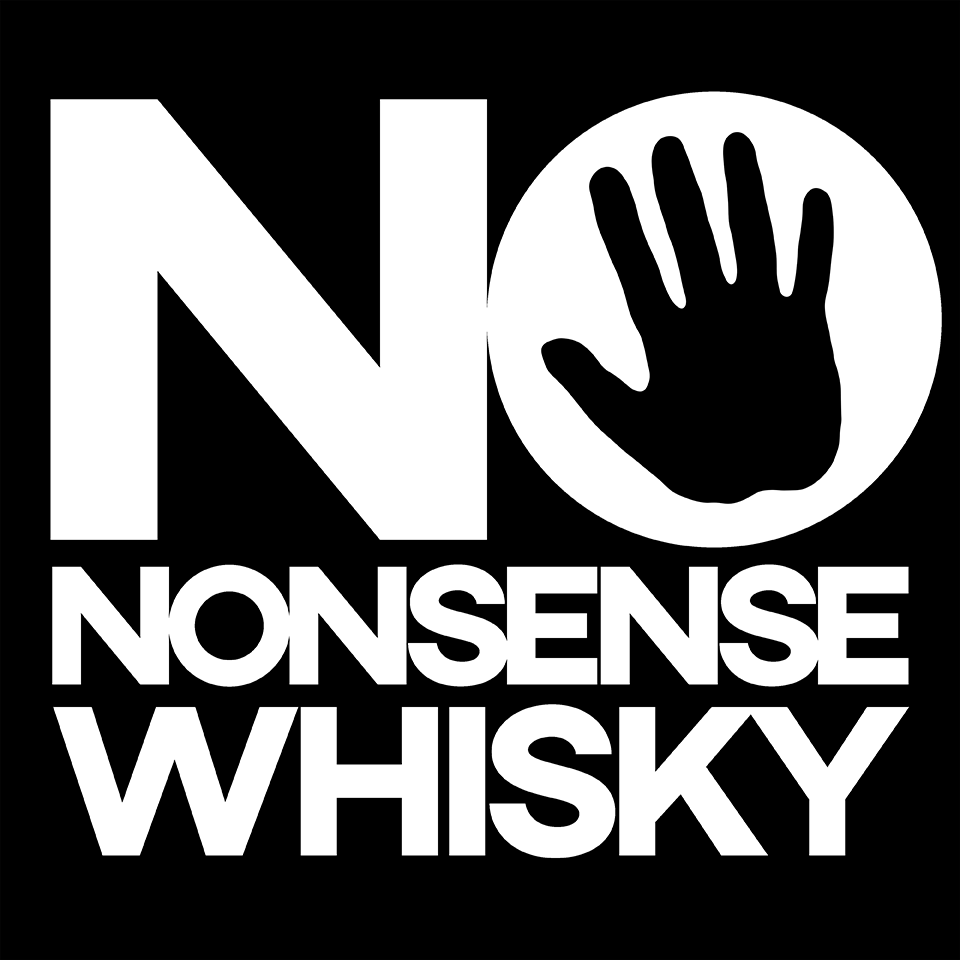Japanese Whisky Trends 2021
New Japanese Whisky Standards
Over the last decade, Japanese whisky has won a ton of awards which have driven up its price. Despite this, Japan has few rules for what these expensive bottles should contain.
Some companies have imported whisky, bottled it and exported it back to the world with the label 'Japanese whisky'. And this was all within the rules because unlike Scotch or Bourbon, Japan's whisky carried no appellation of origin. In fact, bottling in Japan was the only real criterion.
Nodding to these concerns, new standards were announced on 16 February by the Japan Spirits and Liqueurs Makers Association (JSLMA), a union of the country's major - and some minor -, but importantly not ALL, producers. More details in this video:
These are a start. There’s no certification or approval system and no penalties for non-compliance. These guidelines only apply on a voluntary basis for JSMLA members. However, these regulations are already having an impact on the behaviour of distillers…
Stock swaps
“The Japanese Whisky industry is so adversarial they never swap stock...”
... was a statement that once characterised the market in Japan. However, things are changing. In March, two of Japan’s smaller distilleries, Saburomaru and Nagahama released the first bottles of blended malt whiskies in Japan to officially use swapped stocks.
Swapped and official are the operative words, because, Mars’s 2020 Asagi Madara blend contained Japanese grain whisky from an unknown (*cough* Kirin *cough*) distillery. This was followed in April by the announcement that Venture Whisky's Ichiro's Malt and Hombo Shuzo's Mars Whisky had exchanged stocks on the QT back in 2015. They aged them at their respective warehouses then created vatted malts using their competitor’s whisky and their own, which was released in May 2021.
Barrels of Fun
One of the things I liked about the new Japanese whisky standards is that they didn’t impose any specification on cask types, unlike Scotch - although there is continual pressure from the big players in the Scotch industry to broaden what they can use.
So in Japan we have the freedom to mess around and have some fun. Take, for example, Suntory’s latest Hibiki variant, Blossom Harmony, in which some of the components are finished in sakura - cherry blossom wood barrels.
As new distillers look to differentiate themselves, Akashi AKA The White Oak Distillery has gone all in on cask diversification. Tequila, Cognac, Mizunara, Bourbon, Red Wine, Oloroso. The most interesting has to be their Japanese Sake cask editions. These barrels are hard to come by, as sake is rarely aged, and it happens in oak casks even less often.
Looking forward to seeing more experimentation from the Japanese whisky industry over the next few years.
The price is (not) right
Japanese whisky pricing rises upward and upward, propelled by hype, stock shortages and a growing global demand for whisky by drinkers, collectors and investors.
New producers are choosing to play this game to varying degrees. On June 19 Shizuoka Distilerry released Prologue W, a three-year Single Malt made with four types of barley and aged in three barrel types. This tipple will set you back ¥8,943 if you can get it at RRP, which you won’t, but that’s not the focus of this comparison!
Let’s contrast this with Kanosuke’s first single malt Japanese Whisky, which dropped on three days prior on June 16. It was produced using all 3 of their pot stills, aged in several varieties of oak barrels, and blended together after 3 years of maturation. It is an incredible dram from a young distillery, as you can find out in this review:
However, it is priced at ¥13,750, 50% higher than the Shizuoka.
Of course, pricing variance is to be expected as different makers value themselves differently. Given market demand, a true capitalist would argue they should all be pricing new releases higher. Whatever the price, they are all selling out almost immediately and commanding multiples in the secondary market (10x in the case of Prologue K). Caveat emptor!
Fake news, and how to fight it
As the profile and demand for Japanese whisky continues to escalate, so does the information around it, and the misinformation.
There are a ton of Japanese whisky pages on social media, some of which are very informative, but sometimes these can focus a lot on obtaining bottles rather than what is actually in them.
The drinks industry here hasn’t helped. Some shochu (Japan’s indigenous spirit) makers ‘disguise’ their bottles as whisky. The big producers often play their cards close to their chest when it comes to details about their whisky, either because of a certain view of their consumer or lest their competitors are reading.
Here are three places I recommend you get your up-to-date English-language Japanese whisky info from:
nomunication.jp - Liam McNulty AKA Whisky Richard created and runs nomunication.jp. In Tokyo since 2008, he’s highly drinks-qualified and provides excellent analysis of not just whisky but other Japanese drinks.
Whisuki - Two married lawyers - a Kiwi husband and an Indonesian wife - in search of work-life balance via whisky. They provide great info on Japanese whiskies, distilleries and bars.
Kanpai Planet - a not-so-shameless plug for my own efforts to demystify, democratise and help you discover the world of Japanese drinks. Follow at YouTube, Twitter, Instagram, Facebook and LinkedIn.
Kanpai
About the author
Mac Salman
A Tokyo resident for 15 years, Mac has travelled to over 100 countries and all 7 continents. He is the Founder and Lead Guide of Maction Planet, which specializes in Bespoke Japan Travel and Tokyo-inspired apparel. They run various food and drink tours, including sake, shochu and Japanese whisky. He is also the creator of Kanpai Planet, a YouTube channel demystifying, democratizing and helping people discover the world of Japanese drinks, with active social media on Twitter, Instagram, Facebook and LinkedIn.

